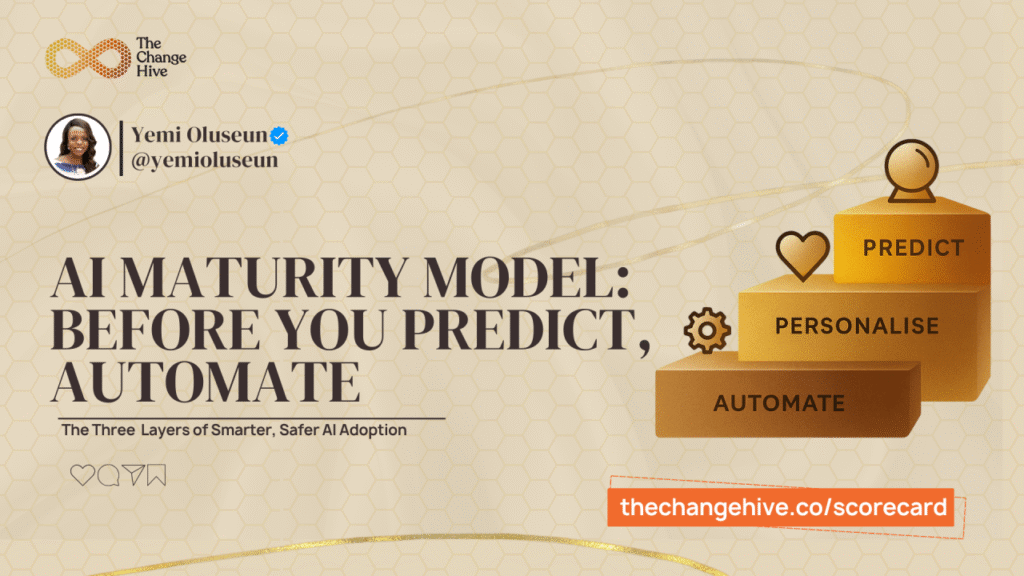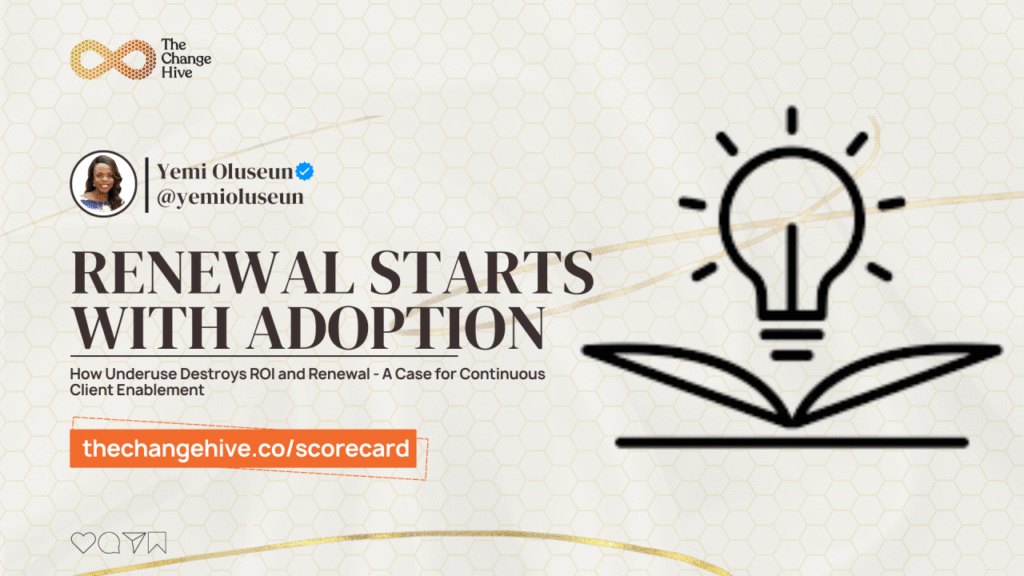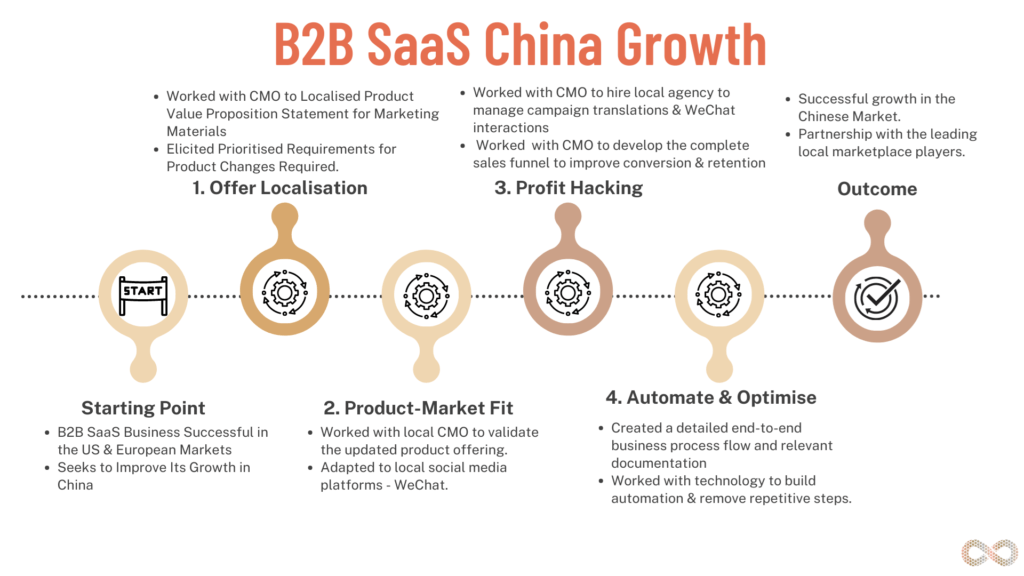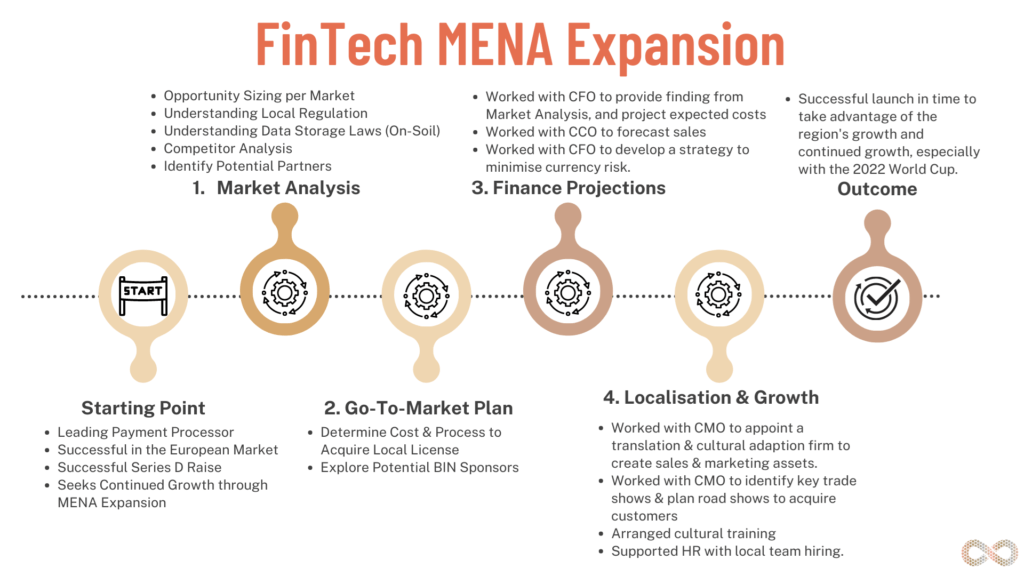Why rushing AI without structure erodes trust faster than it creates efficiency.
“AI (Big Data) is like teenage sex — everyone talks about it, nobody really knows how to do it, everyone thinks everyone else is doing it, so everyone claims they are too.” — Dan Ariely (paraphrased)
Everyone’s talking about AI. Few are using it well. And even fewer are using it wisely.
Most teams jump straight to “predictive” AI — dashboards, models, and board decks promising foresight and magic margins.
But here’s the truth: you can’t predict before you automate.
⚙️ Step 1: Automate — The Foundation
Before anything “intelligent” happens, AI must learn from clean, connected data.
Tools like ChatGPT and Copilot don’t predict — they synthesise. They take large, messy data sets and surface patterns, summaries, and insights faster than human analysts or quants ever could.
That’s automation: speeding up what already works.
But garbage in still means garbage out, GIGO.
Without consistent processes and structured data, AI amplifies chaos instead of clarity.
→ Use AI to eliminate repetitive tasks (reporting, notetaking, data prep).
→ Free humans for deeper thinking.
→ Build a single source of truth before scaling anything “smart.”
Because a messy foundation doesn’t get smarter, it just gets faster at being wrong.
🎯 Step 2: Personalise — The Human Layer
Once the basics run smoothly, the next step is using AI to tailor experiences, both internally and externally.
Think: onboarding journeys that adapt to client behaviour, portfolio reports that update contextually, or sales insights that flag cross-sell potential without manual tracking.
But here’s the key: personalisation only works when it’s built on empathy.
If your data lacks human nuance, AI will mistake correlation for care.
That’s why your best AI strategies blend data with dialogue, informed by the humans closest to your clients, employees, and operations.
→ Automate first to stabilise.
→ Personalise second to humanise.
🔮 Step 3: Predict — The True Intelligence Layer
Prediction is not just about forecasting numbers.
It’s about context, using the past to imagine possible futures.
Here, AI becomes a co-pilot, not an oracle.
The real intelligence lies in humans interpreting what the system surfaces, drawing on cross-domain insight, macro shifts, and life experience that machines don’t have.
→ Automation speeds up what already works.
→ Personalisation makes it resonate.
→ Prediction demands wisdom, the kind machines can’t fake.
Because algorithms can’t replace alignment.
Speed without strategy only amplifies the noise.
🧭 Don’t Skip the Human Fundamentals
AI doesn’t replace good change management.
The same principles still apply:
→ Start with a clear Why and vision.
→ Map stakeholders and impact early.
→ Model your As-Is and To-Be processes before introducing automation.
FOMO (Fear Of Missing Out) can make “move fast and break things” sound exciting, until one of those broken things is trust.
And once trust breaks, it’s painfully slow to rebuild. In our hyper-connected world, the internet never forgets.
It’s also tempting to let every CxO run their own AI experiment, one following a conference trend, another chasing a vendor demo.
That’s how tech debt begins: disjointed pilots, spaghetti architecture, and years of re-engineering to untangle it.
Good AI isn’t about speed. So start small, start clean. and start with stewardship.
💡 One Action to Take This Week
Audit your current AI use cases:
☑️ What’s already automated, and what still drains time?
☑️ Where could AI enhance personalisation (not just speed)?
☑️ Are you using any “predictive” models without verified, connected data?
Then map your next AI step based on readiness not hype.
→ Automate first.
→ Personalise second.
→ Predict last.
Because sustainable innovation isn’t about who moves first.
It’s about who builds to last.
“Good AI isn’t about speed — it’s about sequence, structure, and stewardship.”
More features won’t fix a leaky business.







